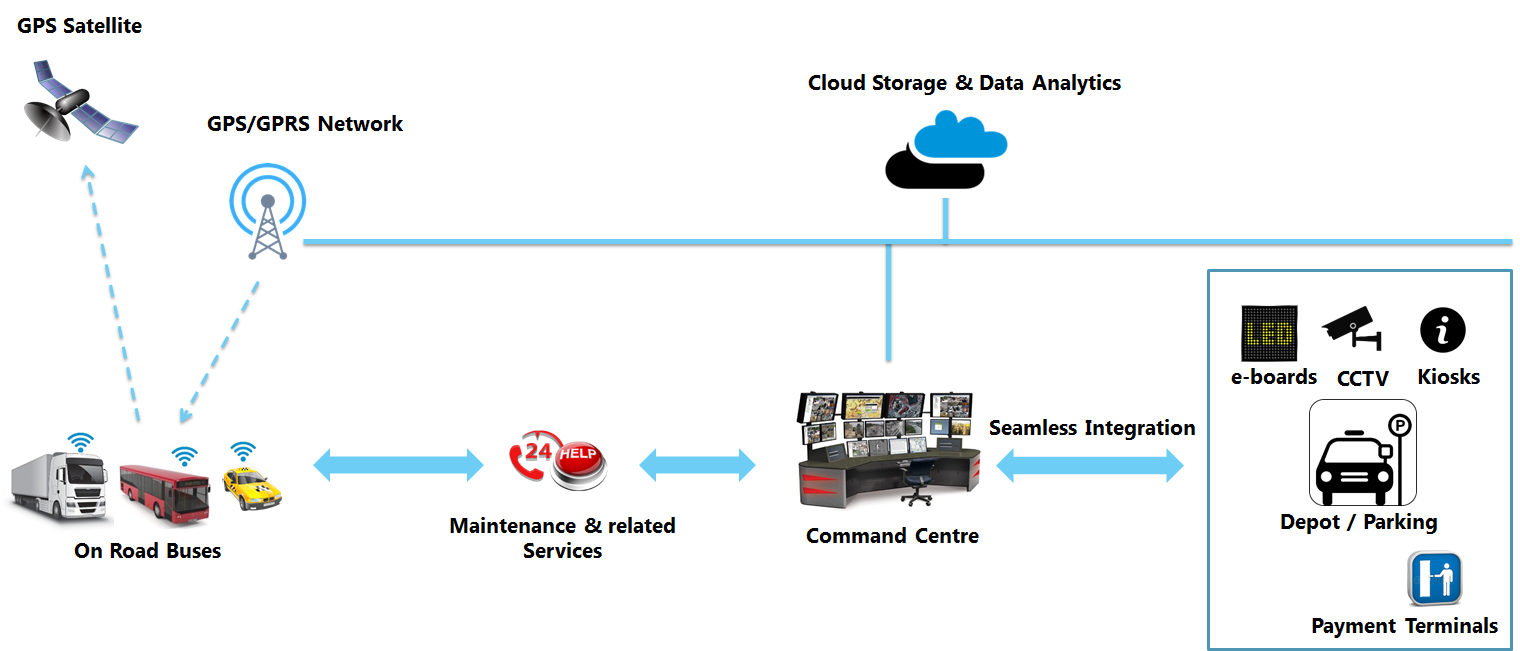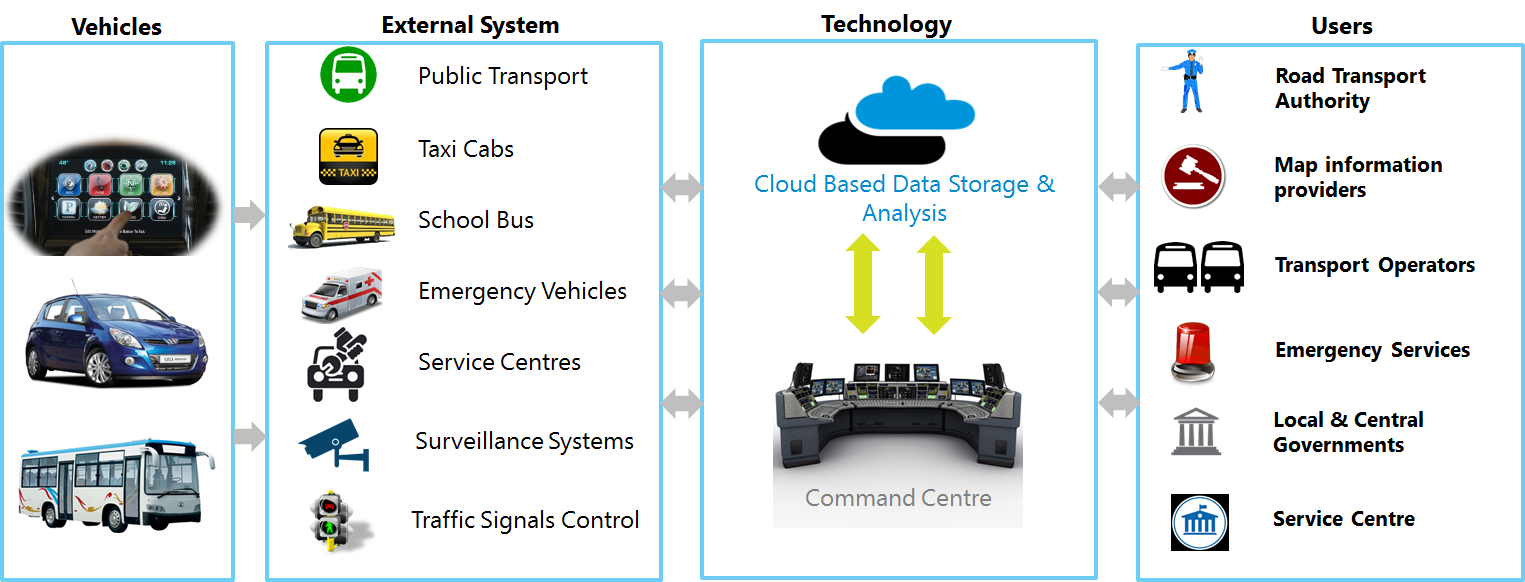Who is the key threat to Walmart, globally renowned for discount department stores and warehouses? Out of the various competitors, I think it is Netgrocer – a new online store delivering groceries at the doorstep. Each country now has a version of Netgrocer, even local cities have come up with apps that attend to the grocery needs of the present generation. The success of Netgrocer is because of the prompt delivery of necessary items at the customer’s convenience.
Ever thought of getting cars or trucks serviced right from your door, or in your parking place? Just imagine a scenario, when you and your family are on their way to a movie in a multiplex theater. Imagine you have wireless sensors embedded in the parking lot to help you direct the car to an open spot in the parking space while also charging you with the parking fee. Using the car’s parking details, one might be a able to schedule a mechanic on the run to check your oil levels and performance other car maintenance procedures all the time while you are having fun watching the movie with your family. Similar applications like these are possible with a magic box or a black box for the car, which refers to a smart telematics unit that is embedded within the car mechanics.
A smart telematics unit is a combination of embedded controllers, a driver display unit, surveillance camera, GPS unit, & software applications. The telematics unit provides the data of vehicle location, and stores details of the distance travelled in kilometers or miles, takes into consideration various engine parameters, surveillance data, and the like. All the data is processed in real-time at the command center for smarter fleet management, safer travel, and sustainable operational management.

Fig: Smarter, Safer, & Sustainable Fleet Management Architecture
Vehicle data is the enabler of smart, safe, sustainable fleet management
Data from your own vehicle is the one of the most important elements to enable smart, safe, & sustainable fleet management. A vehicle can generate relevant functional data to the amount of 25 gigabytes per hour. This data can be classified based on its frequency of monitoring and end usage. Examples include engine parameters, malfunctions in safety systems, and crash sensors data that monitors every micro or nano second of activity. In case of any accident, this data can be relayed to the control room as soon as possible. On the other hand, Insurance renewal or permit renewal data can be monitored every month.
| Micro-Sec | Milli-sec | Seconds | Minutes | Hours | Days | Months | |
| Data | Malfunction Accident |
Collision Avoidance | Driving pattern | Diagnostics Traffic Entertainment |
Driver Health Maps, Location based services |
Vehicle Health | Service, Compliance & Insurance |
| Usage | Crash Severity Location |
Braking, Acceleration Scene |
Speed, Acceleration & DeAcceleration Fuel Usage |
Vehicle Health Route Signals Road sign |
Location, Going to, Fatigue Level, Latest map |
Tyre pressure Petrol level Overloading |
Service need Emission & Regulation Compliance |
| Benefits | Safety | Efficiency | Comfort | ||||
Table: Frequency of monitoring the different types of data
Cloud Connectivity, Remote Monitoring & Data Analytics required to make efficient usage of data
Data is useful only when processed and analysed. Cloud-based analytics & storage systems collect and analyse streams of data to improve user retention, service quality and warranty. After acquiring vehicle data from connected vehicles, advanced analytics, prognosis, remote support and other wide array of location based services can be availed easily. This provides OEMs/dealers/fleet owners a pattern-based solution to enhance customer service experience by predicting future service needs while also identifying faults early, before they become failures. One can also avail additional features of such services including driving patterns, monitoring of fuel consumption to improve fuel efficiency & safety, etc. The processed data and the aftermath of analytics can help keep the vehicle connected in real sense.
The Way Forward: Internet of Everything
Connectivity at a vehicular level is pursued by every automotive OEM. But going forward, users are going to demand connectivity at entire eco-system level. This will ensure all car fleets, bus fleets, truck fleets and private car fleets connected to each other and in turn connected with eco-system of traffic authorities, legal authorities, & dealer service network to enable a cloud based data analytics and prognosis for a smarter, safer, & sustainable fleet management.

Fig: Connected eco-system for smarter, safer, & sustainable fleet management













